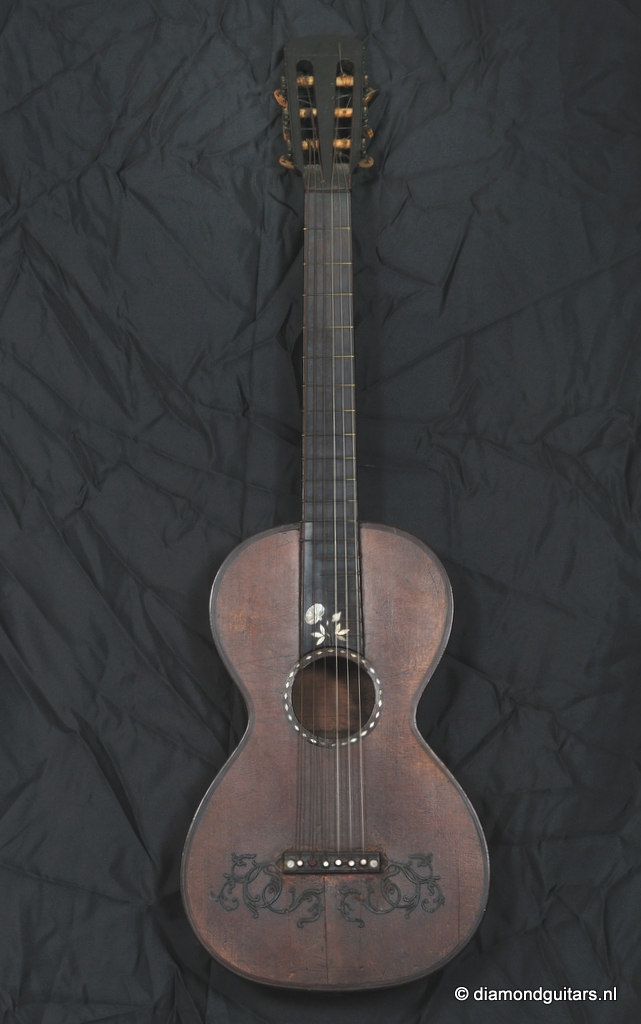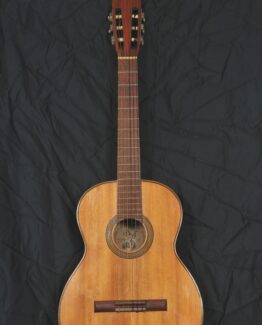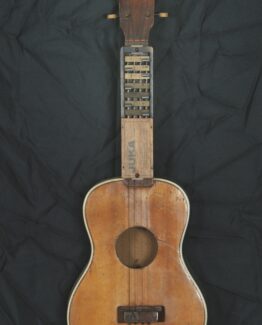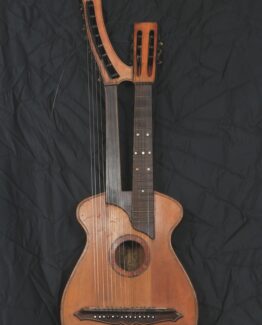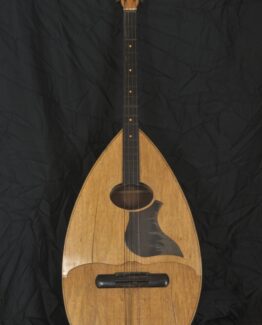Description
This collection of 25 guitars offers a fine overview of the golden era of guitar building shortly after the transition from a five-course to a six-course guitar dating back to 1785 up to 1840s. All famous makers are present.
During the Romantic period (roughly 19th century, c. 1800–1900), guitars were described quite differently from how we think of them today. They were not yet the large, powerful modern classical guitars of the 20th century, but instead smaller, more delicate instruments that reflected the aesthetics of the time. Compared to modern guitars they were lighter built with thinner tops and backs, producing a more intimate, singing tone. Luthiers like Antonio de Torres experimented with fan-bracing in mid-19th century, to increase resonance and volume.. Also necks were slimmer, fingerboards slightly shorter (usually 19 frets maximum), and often had flush frets.
Gut strings Since nylon or steel strings were not around, gut strings wer used. These gave a warm, mellow, and less projecting sound. The tone was often described as intimate, lyrical, and sweet, well-suited for salons and small concert settings rather than large halls. Projection was limited, so the guitar was seen as a personal or chamber instrument rather than a solo concert one. The instrumenst musical role was described as a “salon instrument”, ideal for domestic music-making and associated with lyrical expression, delicate arpeggios, and accompaniment of voice. Amongs many others notable Romantic-era guitarist-composers like Fernando Sor, Mauro Giuliani, Dionisio Aguado, and later Francisco Tárrega. played them.

